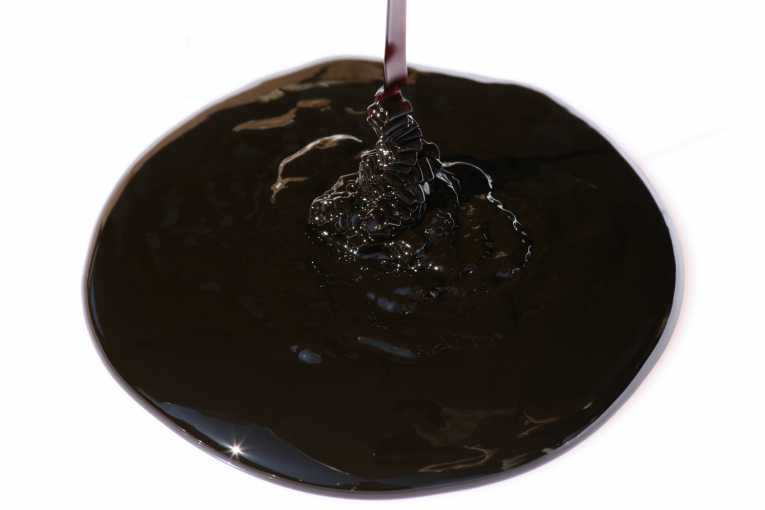Sweet news for environmentalists comes from the US Department for Agriculture's attempts to find a replacement for an ozone-depleting fumigant using molasses.
The USDA's Agricultural Research Service (ARS) are seeing if a system that uses the treacle to stimulate beneficial bacteria in the soil and so does away with the need for Methyl Bromide.
The studies are based in Florida where conditions are a perfect haven for many pests, weeds and pathogens.
Methyl Bromide has been used since the 1930s to combat a whole range of agricultural pests, but the chemical damages the stratospheric ozone layer and a replacement is needed, particularly in places like Florida where conditions are on the side of the nasties.
ARS scientists Erin Rosskopf and Nancy Kokalis-Burelle and former ARS research associate David Butler grew bell peppers and eggplant at a research facility in Fort Pierce, Florida to see how composted broiler litter, molasses and anaerobic soil disinfestation (ASD) coped with pests.
ASD is a method of killing pests by saturating topsoil with water and then covering it with a plastic sheet, heating the soil to kill pests. Once the soil is 'clean' the molasses helps microbes grow.
The scientists judged the quality of their produce and also carried out counts of nematodes and other pests in the soil and on the roots of their crops.
They found nematode populations were down under the molasses and poultry litter treatment which also kept grass weeds down to the levels achieved by methyl bromide.
Testing was also carried out on two new chemical treatments, dimethyl disulfide (DMDS) and methyl iodide, using delphiniums and caladiums. These new chemicals were found to be as effective as methyl bromide at keeping down grass weeds and nematodes, but their overall effectiveness depended on what was being grown.
The research is published in the latest issue of Agricultural Research magazine.










